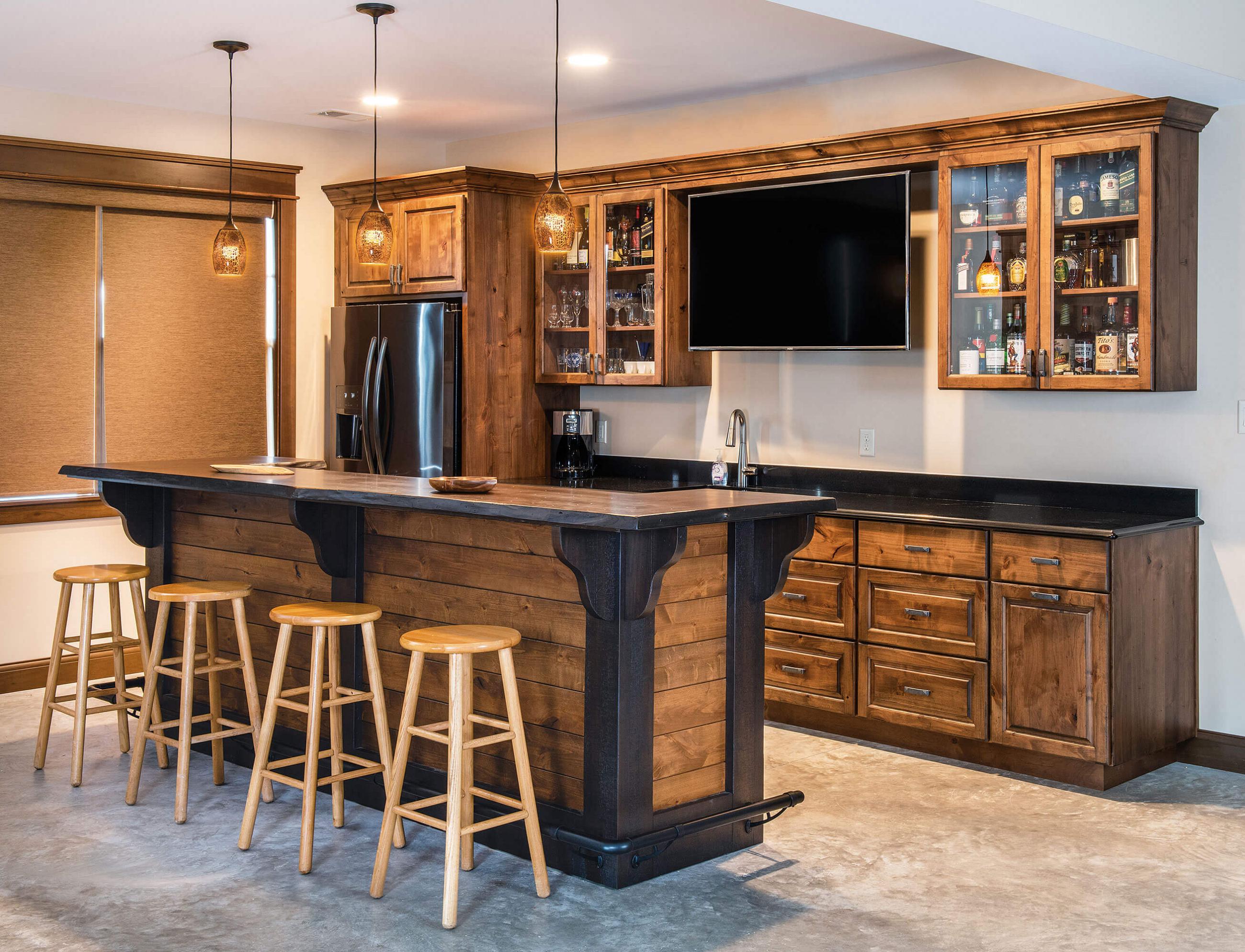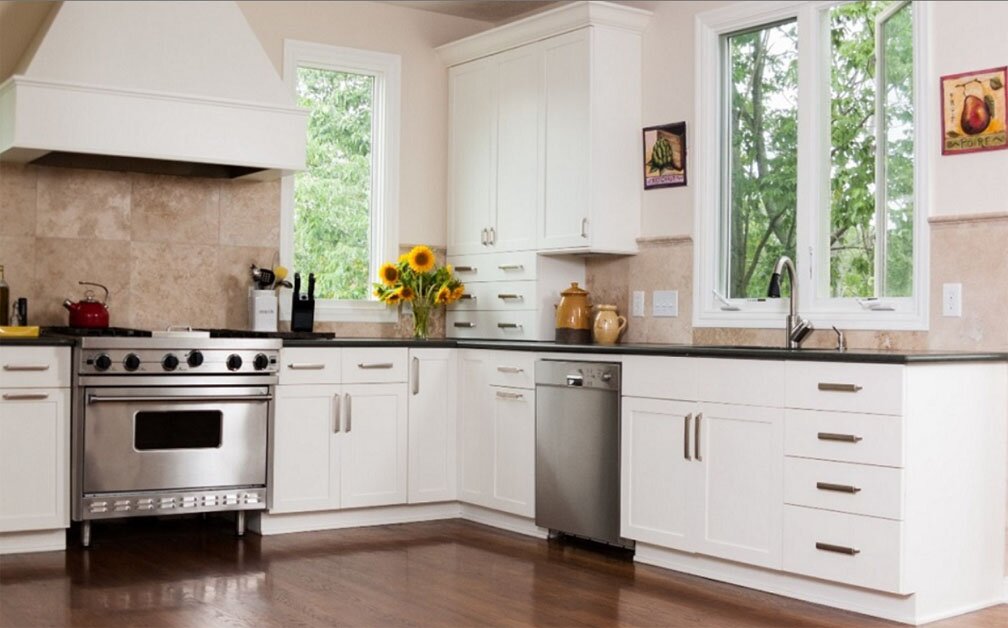All Categories
Featured
In home design, door placement usually takes a rear seat to larger building choices, yet it plays an essential function in forming just how a house operates and really feels. Proper door placing makes certain that rooms are reliable, cosmetically pleasing, and for a comfy way of living. Below's an extensive check out the scientific research behind door placement and why it is entitled to more interest in the design procedure.
Doors are the gateways that connect one room to another, and their placement must assist in seamless motion throughout the home.
Secret Considerations:
Sensible Pathways: Setting doors to straighten with natural traffic patterns. For circumstances, a cooking area door need to supply direct access to the dining location to improve everyday regimens.
Lessening Barriers: Avoid putting doors where furniture or architectural elements may obstruct their swing or create traffic jams.
Transitions: Use doorways to note transitions in between exclusive and public areas, such as corridors leading to rooms.
The positioning of doors can substantially influence just how light and air circulate within a home, contributing to its general setting and energy efficiency.
Placement Methods:
Cross-Ventilation: Location doors other openings or opposite home windows to advertise air movement, specifically in warm environments.
Sunshine Optimization: Consider the positioning of exterior doors to capture morning or mid-day light, lightening up interiors naturally.
Glass Doors: Make Use Of doors with glass inserts to enable light to filter via, improving illumination in nearby areas.
Strategic door positioning is necessary for preserving privacy in crucial areas without jeopardizing accessibility.
Best Practices:
Bedrooms and Bathrooms: Setting these doors far from high-traffic zones like living rooms or kitchens to develop a sense of hideaway.
Guest Locations: For homes with visitor collections, doors must supply both simple accessibility and personal privacy for site visitors.
Key Entrance: The front door should offer direct access to common locations without disclosing way too much of the home's inside.
Beyond functionality, doors play a significant duty in the aesthetic coherence of a room. Their positioning and design need to boost the home's visual charm.
Style Tips:
Balance and Equilibrium: Straighten doors symmetrically in shared areas like hallways to develop a sense of order.
Prime Focus: Usage grand access doors or one-of-a-kind layouts as visual highlights.
Consistency: Suit door designs and coatings across the home for a cohesive appearance.
Door placement can affect a home's energy efficiency by regulating heat flow and insulation.
![]()
Energy-Saving Approaches:
Shielded Doors: Usage well-insulated exterior doors to reduce energy loss.
Wind Protection: Placement major doors far from dominating wind directions or use vestibules to lessen drafts.
Zoning: Usage doors to area off areas of the home for targeted heating or cooling.
![]()
In numerous societies, the positioning of doors lugs symbolic meaning and can influence exactly how a home is perceived.
Instances:
Feng Shui: In this practice, the front door's positioning affects the flow of "chi" or power, with guidelines stressing visibility and balance.
![]()
Directional Placement: In Vastu Shastra, an old Indian layout ideology, door positioning is believed to impact success and consistency.
Access Statements: Grand entrances or intricately designed doors can signal heat and hospitality.
Last Thoughts
Door positioning is both an art and a scientific research. When intended properly, doors end up being much more than simply access points; they shape the whole living experience.
- Enhancing Spatial Circulation
Doors are the gateways that connect one room to another, and their placement must assist in seamless motion throughout the home.
Secret Considerations:
Sensible Pathways: Setting doors to straighten with natural traffic patterns. For circumstances, a cooking area door need to supply direct access to the dining location to improve everyday regimens.
Lessening Barriers: Avoid putting doors where furniture or architectural elements may obstruct their swing or create traffic jams.
Transitions: Use doorways to note transitions in between exclusive and public areas, such as corridors leading to rooms.
- Making The Most Of All-natural Light and Ventilation
The positioning of doors can substantially influence just how light and air circulate within a home, contributing to its general setting and energy efficiency.
Placement Methods:
Cross-Ventilation: Location doors other openings or opposite home windows to advertise air movement, specifically in warm environments.
Sunshine Optimization: Consider the positioning of exterior doors to capture morning or mid-day light, lightening up interiors naturally.
Glass Doors: Make Use Of doors with glass inserts to enable light to filter via, improving illumination in nearby areas.
- Stabilizing Personal Privacy and Accessibility
Strategic door positioning is necessary for preserving privacy in crucial areas without jeopardizing accessibility.
Best Practices:
Bedrooms and Bathrooms: Setting these doors far from high-traffic zones like living rooms or kitchens to develop a sense of hideaway.
Guest Locations: For homes with visitor collections, doors must supply both simple accessibility and personal privacy for site visitors.
Key Entrance: The front door should offer direct access to common locations without disclosing way too much of the home's inside.
- Visual Combination
Beyond functionality, doors play a significant duty in the aesthetic coherence of a room. Their positioning and design need to boost the home's visual charm.
Style Tips:
Balance and Equilibrium: Straighten doors symmetrically in shared areas like hallways to develop a sense of order.
Prime Focus: Usage grand access doors or one-of-a-kind layouts as visual highlights.
Consistency: Suit door designs and coatings across the home for a cohesive appearance.
- Power Performance Considerations
Door placement can affect a home's energy efficiency by regulating heat flow and insulation.

Energy-Saving Approaches:
Shielded Doors: Usage well-insulated exterior doors to reduce energy loss.
Wind Protection: Placement major doors far from dominating wind directions or use vestibules to lessen drafts.
Zoning: Usage doors to area off areas of the home for targeted heating or cooling.

- Symbolic and cultural Impacts
In numerous societies, the positioning of doors lugs symbolic meaning and can influence exactly how a home is perceived.
Instances:
Feng Shui: In this practice, the front door's positioning affects the flow of "chi" or power, with guidelines stressing visibility and balance.

Directional Placement: In Vastu Shastra, an old Indian layout ideology, door positioning is believed to impact success and consistency.
Access Statements: Grand entrances or intricately designed doors can signal heat and hospitality.
Last Thoughts
Door positioning is both an art and a scientific research. When intended properly, doors end up being much more than simply access points; they shape the whole living experience.
Latest Posts
Check Out the Best Auto Repair Discounts in Montclare, Chicago
Published May 27, 25
1 min read
Why Chicago Drivers Select Montclare Auto Repair for Reliable Service and Significant Savings
Published May 26, 25
1 min read
Find Out How WyHy Federal Credit Union Saves You Money on Loans and Savings
Published May 25, 25
1 min read
More
Latest Posts
Check Out the Best Auto Repair Discounts in Montclare, Chicago
Published May 27, 25
1 min read
Why Chicago Drivers Select Montclare Auto Repair for Reliable Service and Significant Savings
Published May 26, 25
1 min read
Find Out How WyHy Federal Credit Union Saves You Money on Loans and Savings
Published May 25, 25
1 min read